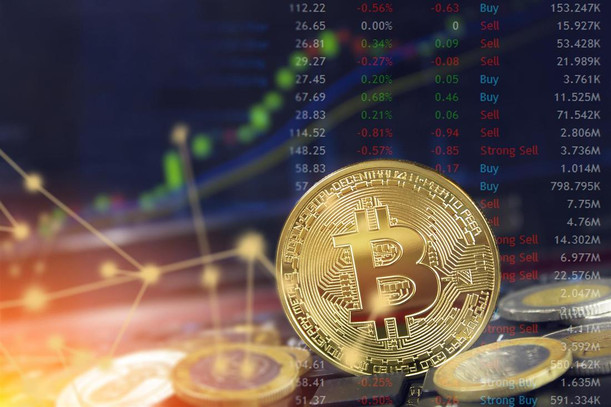Bitcoin halving is essentially a process that happens every four years or so, where the reward for solving a blockchain reduces by 50%. When bitcoins were first introduced, the mining reward was 50 bitcoins. After approximately 4 years, the number of bitcoin rewarded halved to 25 bitcoins. The last time this occurred was 2016 when the reward was 12.5 bitcoins. The next bitcoin halving is expected to take place in 2020.
The 4 years is not a hard and fast time period. Rather, Bitcoin halving takes place after every 210,000 blocks – which works out to approximately 4 years. By the year 2140, all 21 million bitcoins would have been mined.
What is the Purpose of Bitcoin Halving?
Bitcoin halving is necessary to preserve the value of bitcoins. This follows the principle of demand and supply whereby the greater the supply of a product, the lower the price. The lesser the supply, the greater the price. This means that bitcoin halving ensures that bitcoin maintains its value throughout its lifetime. Otherwise, no one would bother to invest in bitcoin mining because the value of bitcoin would be too low to be worth it.
The reasoning behind bitcoin halving is that as time goes by, the mining process gets more difficult because there are fewer bitcoins available. This follows the principle behind the simile “as scarce as gold”. Because gold is a scarce commodity, it keeps its value over time. This is unlike fiat currencies which gain or lose value depending on monetary policy. Because there is only a finite number of bitcoins, it is possible to preserve the value through bitcoin halving.
How Does Bitcoin Halving Affect the Bitcoin Economy and Miners?
No one knows for certain how bitcoin halving will affect the bitcoin economy. However, the general consensus is either that the price of bitcoin will rise or things will remain unchanged. After the 2012 bitcoin halving, the value of bitcoin was virtually unchanged. Although the price did soar later on, the surge was more likely related to the Cyprus bailout rather than the bitcoin halving event.
Similarly, after the 2016 bitcoin halving event, the price of bitcoin did not change significantly. At the time of halving, the price of bitcoin was at around $650. Approximately one week after the event, the price of bitcoin was at $675 – not a significant change at all. However, some believe that the price of bitcoin did go up in anticipation of the bitcoin halving event – only it happened about 3 months before the event, rather than afterwards. The market had already anticipated the event which caused the price to move from about $430 three months before the event, up to $650 at the event.
The Hashrate
Similar to the price of bitcoin, the hashrate following the 2012 and the 2016 bitcoin halving events remained virtually unchanged. Many had expected the hashrate to follow the 50% drop in bitcoin reward amount. Some expected only a slight fall. At the end of the day, the fall was insignificant.




